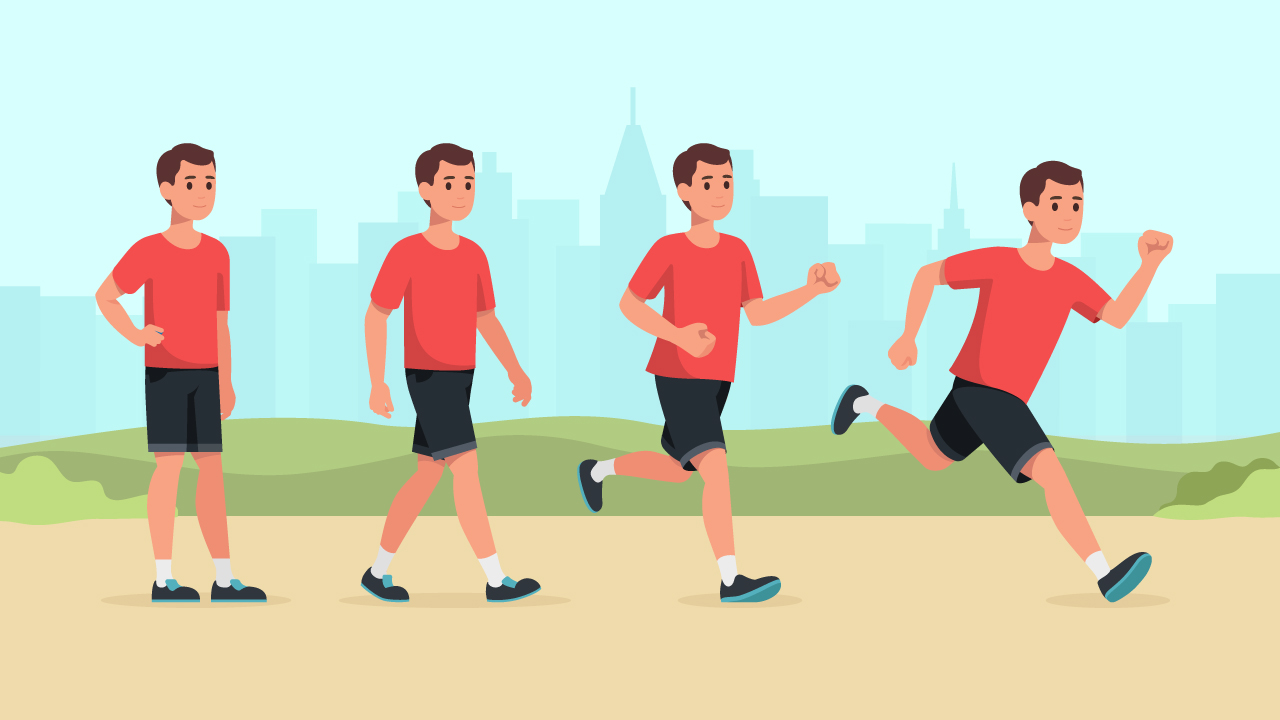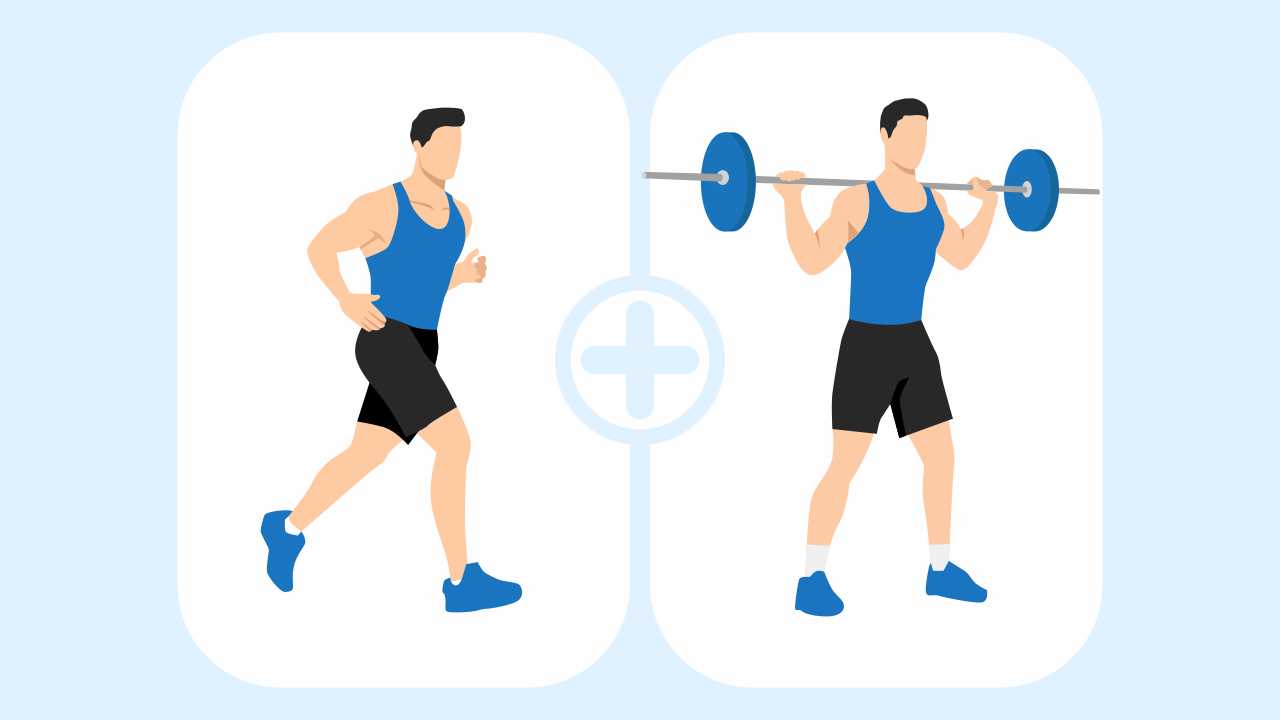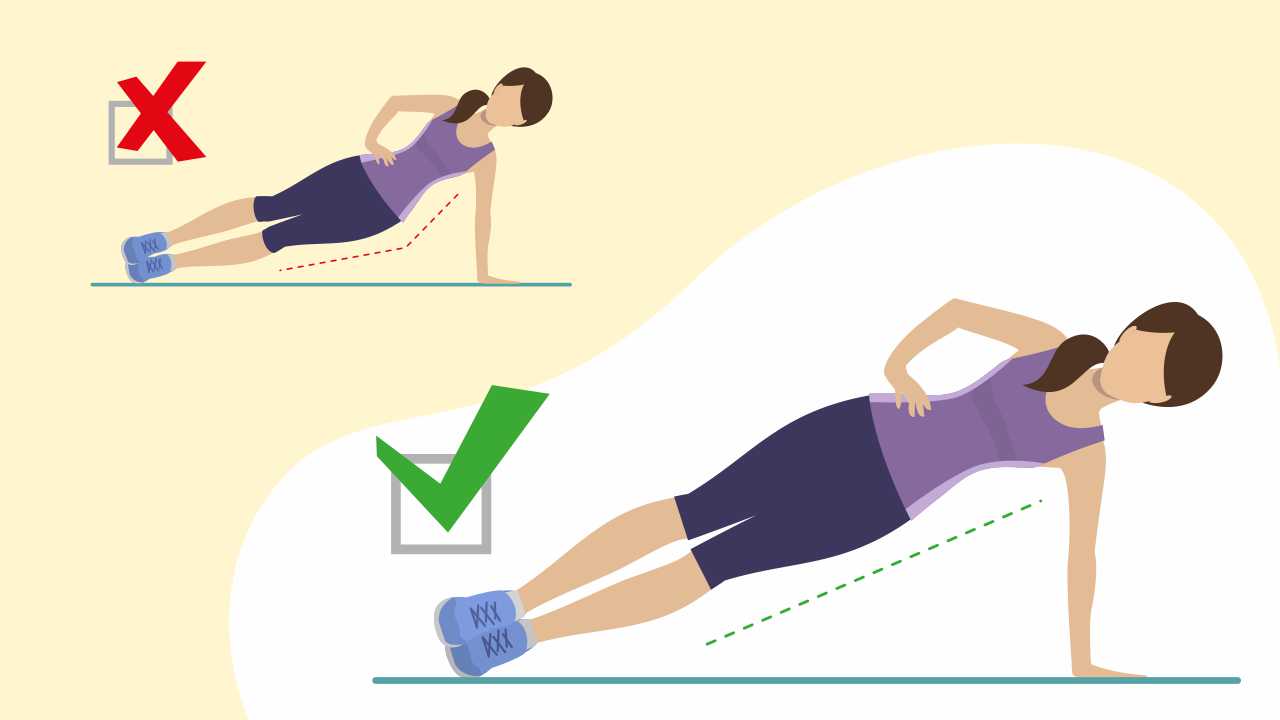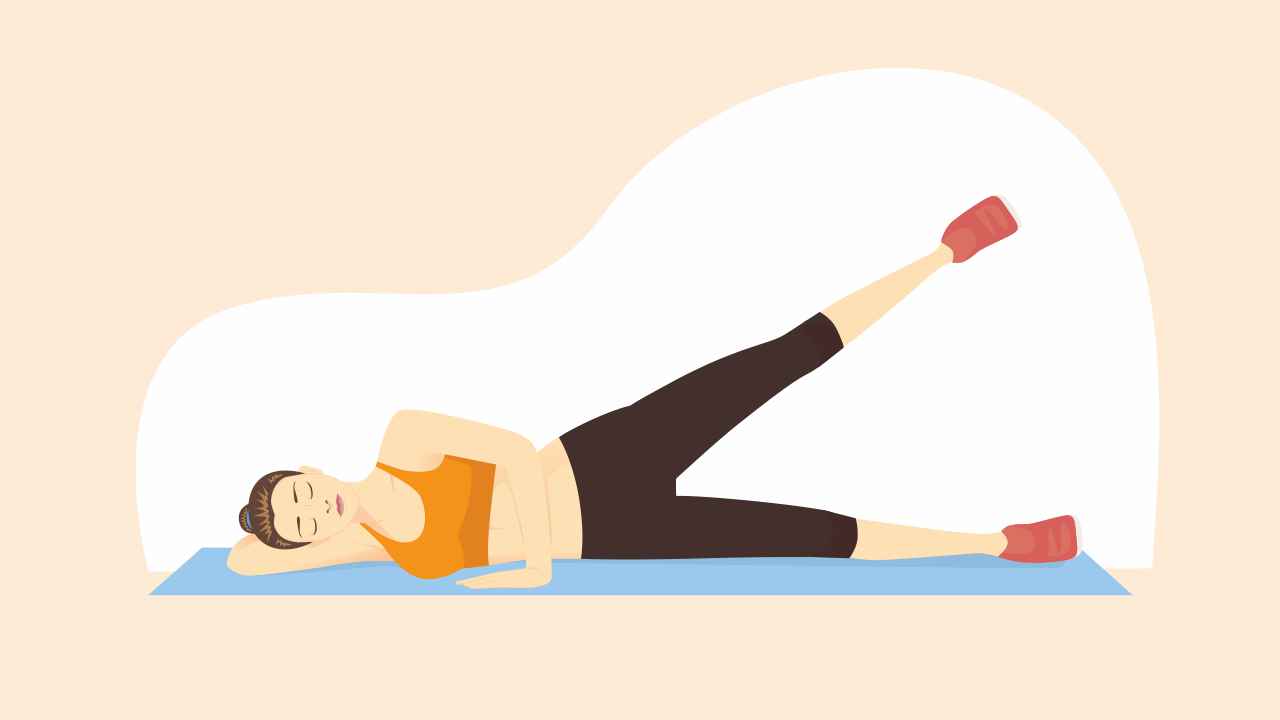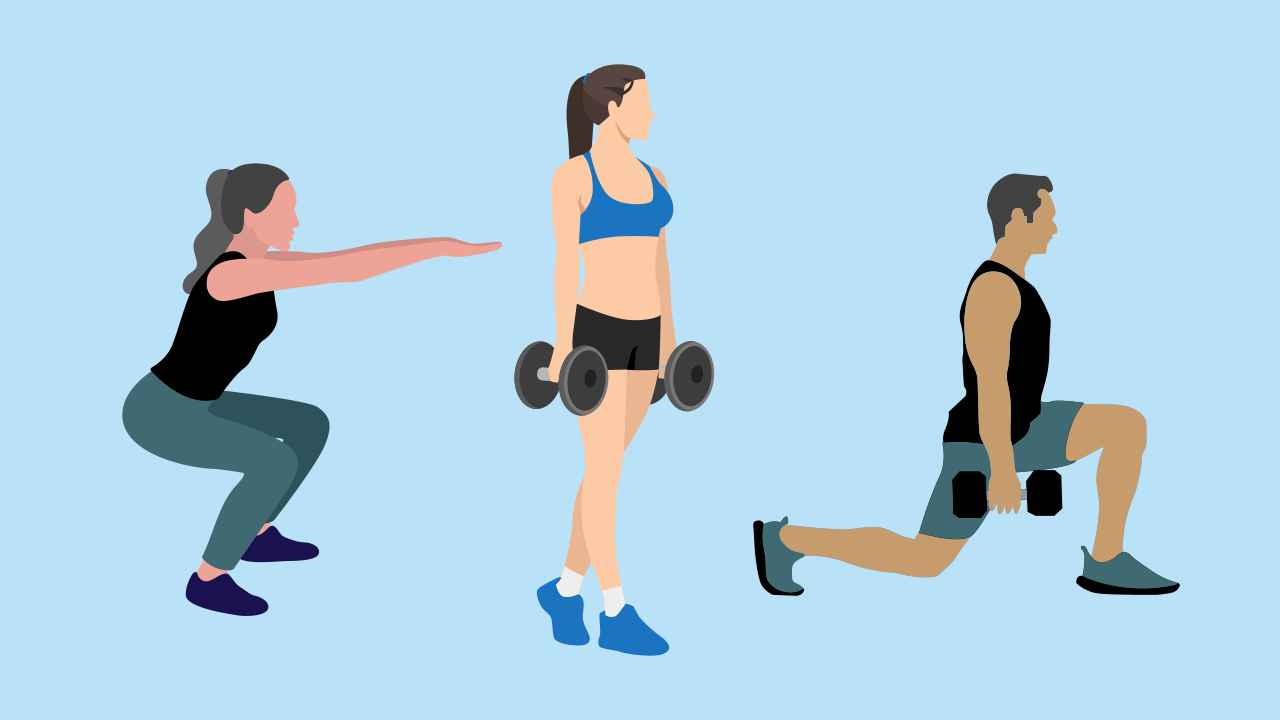
How to Plan Your Next Fitness Goal
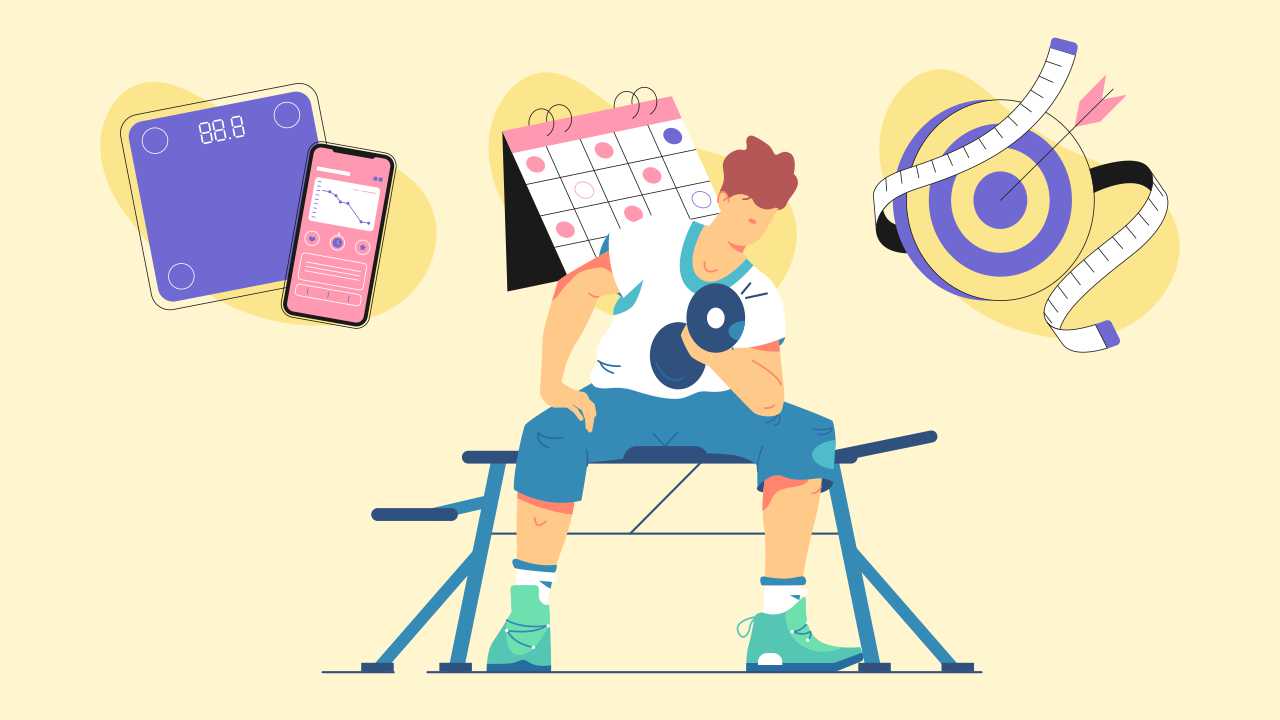
Beginners may often find it hard to take the leap and begin an exercise routine. On the other side of the spectrum, well-trained individuals can often reach a fitness plateau, where they have reached a “ceiling”, and are not getting enough return for their efforts.
Whatever the scenario, planning and preparing to undertake new fitness goals for beginners is not as easy as it may sound. Evidence suggests that without well-thought-out strategies/ goals to maintain or improve self-fitness levels, it is likely that an individual will regress throughout the stage-of-change model, causing bad habits to creep back in.
Let us quickly look at what the stage-of-change model is to understand its importance for setting sustainable fitness goals:
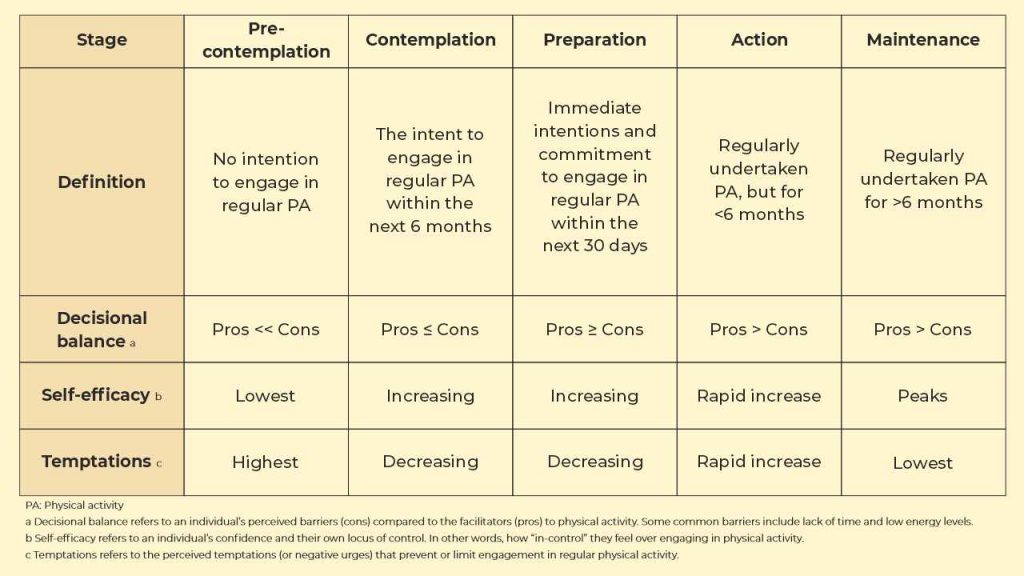
Many people across various population health studies report feeling unmotivated or not sufficiently motivated to be physically active. Thus, a large majority of the world population are sedentary and not engaging in enough recreational physical activity. For example, in India, a large population study of 14,227 individuals established that 54.4% were inactive and fewer than 10% participated in recreational physical activity.
In addition, it is common in population studies to see that individuals are motivated just enough to undertake minimal levels of physical activity by certain types of externally-driven motivation that may not lead to sustained activity (ie, incentives to participate). Thus, there is an urgent need to look more closely at goal setting, as well as ways that people may self-regulate their own participation in exercise and physical activity long term.
How should you set goals?
Setting goals that are specific, measurable, achievable, realistic, and time-orientated (ie, S-M-A-R-T goals) can be an excellent way to establish healthy, short-term fitness goals that are achievable and sustainable. This may be a particularly good way to establish new training objectives for a well-trained person looking to establish new fitness qualities.
However, recent evidence has suggested that setting SMART goals may not be all that helpful for beginners looking to commence physical activity, and that vague or specific goal setting may be equally as helpful for people new to exercising. In fact, it appears that other features of goal setting like providing self-rewards, feedback, and planning what to do (ie, what mode of exercise is suitable) are more effective in supporting behavioral changes regarding physical activity levels. Thus, table 2 details how beginners compared to advanced trainees may adopt different goal setting strategies relating to physical activity.
Also read: How to Motivate Yourself to Push Harder?
Goal setting for physical activity for beginners compared to well-trained individuals is explained ahead. Read on to know about the types of fitness goals for different kinds of trainees.
Type of trainee
Beginner (pre-contemplation or contemplation stage of change)
Goal-setting strategies
1. Keep the goal simple, “to just be more active this week…”
2. Focus on decreasing the barriers and increasing the facilitators, “I’m going to exercise at home for 20mins when I get home from work before switching on the TV…”
3. Provide yourself with facilitatory rewards, “If I do regular exercise this week, I can buy those new athletic shoes I’ve been looking at…”
4. Feedback can be a good way to stay motivated. A smart watch and/or heart rate monitor could help you track your fitness progress and will provide information about how hard you are working and what you have achieved in the week.
Well-trained (maintenance stage of change)
Goal-setting strategies
After finishing one goal, it is important to establish new goals to keep the motivation levels high. Set an overarching (outcome) goal, and then use the SMART principles to set up the plan for reaching the outcome.
Old goal: “I can run for 45mins non-stop now…”
New goal: “I am still a little overweight, so I would like to lose 5kg…”
S (specific): “Lose 5kg”
M (measurable): “I will track my weight loss by using an activity diary, by monitoring my daily weight loss and by using a smartwatch to track my daily activity levels…”
A (achievable): “I will need to change my exercise routine and do more HIIT training to shift my metabolism, but since I can run 45mins non-stop now I think I have a good baseline aerobic fitness to handle HIIT training…”
R (realistic): “Research suggests that a 5%-10% weight loss is attainable for most overweight people, and so 5kg is around 7% weight loss for me, which is realistic…
T (time-orientated): “I’ll aim for 0.5kg per week, which should take me around 10weeks to lose 5kg…”
Once you have achieved a set goal, how do you keep challenging yourself?
Staying in a positive frame of mind is critical to ensure consistent motivation levels and avoiding regression. Using techniques such as positive self-talk and mental imagery, as well as enjoying success, are key to sustaining positive physical activity habits. If one achieves a goal that they set out for initially, then one should be proud of that achievement and use positive reward strategies to nurture the change in behavior(s) and acknowledge the outcome. If there is no time to stop and reflect on the achievement, then it can feel as though nothing is being accomplished, which can lead to unhealthy habits and poor self-efficacy.
In addition, individuals should have a long-term goal in mind (called an outcome goal, table 2) to strive for, but then have a series of process goals to tick off along the way. For example, running a marathon takes a long time to prepare for and often requires six months or more of consistent training to build the body up and prepare for the rigors of distance running. Thus, while the outcome goal is running a marathon event, some shorter-term process goals might be to:
1. Improve strength levels by undertaking a strength program, which will help improve running economy and possibly reduce injury risk; “I will try to lift my own body weight in a barbell back squat”.
2. Improve mobility levels, which will help improve core stability and possibly prevent running-related injuries.
3. Start off with circuit training or HIIT training to build an aerobic foundation, then gradually build up the duration (distance of running) over time.
4. Increase training frequencies across a week.
5. Establish a health supplemental nutritional routine.
Scenarios
What do you do if the goal is maintaining fitness?
Fitness is typically an umbrella term used to describe many qualities, such as strength levels, aerobic and anaerobic fitness levels, flexibility and mobility etc. In this sense, being physically fit can be subjective and in accordance with the sport in question.
For example, a strongman athlete may not be considered “physically fit” for playing football, and vice versa. Broadly speaking, general fitness goals for recreational trainees should include:
1. Improving cardiac output, lowering resting heart rate and blood pressure
2. Increasing strength levels by aiming to lift at least body weight during squat and deadlift exercises
3. Improving mobility levels (ie, joint range of motion)
The American College of Sports Medicine (ACSM) recommends the following guidelines for maintaining fitness levels for general population trainees, and losing weight:
1. Engage in 150min/wk of moderate-intensity aerobic exercise, and 2x/wk of muscle strengthening exercises targeting all major muscle groups.
2. Engage in moderate-intensity physical activity between 150-250 min/wk to be effective to prevent weight gain.
3. Engage in moderate-intensity physical activity between 150-250 min/wk to be effective to prevent weight gain.
4. Greater amounts of physical activity (>250 min/wk) have been associated with clinically significant weight loss.
5. Moderate-intensity physical activity between 150-250 min/wk will improve weight loss in conjunction with dietary restrictions, but not severe diet restriction.
If the goal is to build more muscle, how do you approach it?
Muscular hypertrophy is the enhancement of muscle size or building more muscle. The following recommendations from the ACSM for muscle hypertrophy include:
1. Load (amount of weight lifted): 70%-85% 1RM for novice to intermediate trainees; 70%-100% 1RM for advanced trainees.
2. Volume: 1-3 sets of 8-12 repetitions for novice to intermediate trainees; 3-6 sets of 1-12 repetitions for advanced trainees.
3. Rest period: 2-3 min for higher intensity exercises that use heavier loads; 1-2 minutes between the lower intensity exercises with lighter loads.
In addition, post-workout protein supplementation of around 1.6 g/kg of protein per day (with an upper limit of 2.2 g/kg per day) is needed to optimize training benefits.
References
1. Swann C, Rosenbaum S, Lawrence A, et al. Updating goal-setting theory in physical activity promotion: a critical conceptual review. Health Psychol Rev 2021; 15: 34-50.
2. Teixeira PJ, Carraça EV, Markland D, et al. Exercise, physical activity, and self-determination theory: a systematic review. Int J Behav Nutr Phys Act 2012; 9: 1-30.
3. Nigg CR, Geller KS, Motl RW, et al. A research agenda to examine the efficacy and relevance of the transtheoretical model for physical activity behavior. Psychol Sport Exerc 2011; 12: 7-12.
4. Anjana RM, Pradeepa R, Das AK, et al. Physical activity and inactivity patterns in India – results from the ICMR-INDIAB study (Phase-1) [ICMR-INDIAB-5]. Int J Behav Nutr Phys Act 2014; 11: 26
5. Beauchamp MR, Crawford KL, Jackson B. Social cognitive theory and physical activity: Mechanisms of behavior change, critique, and legacy. Psychology of Sport and Exercise 2019; 42: 110-7.
6. McEwan D, Harden SM, Zumbo BD, et al. The effectiveness of multi-component goal setting interventions for changing physical activity behaviour: a systematic review and meta-analysis. Health Psychol Rev 2016; 10: 67-88.
7. Doherty C, Keogh A, Davenport J, et al. An evaluation of the training determinants of marathon performance: A meta-analysis with meta-regression. J Sci Med Sport 2020; 23: 182-8.
8. Gordon D, Wightman S, Basevitch I, et al. Physiological and training characteristics of recreational marathon runners. Open Access J Sports Med 2017; 8: 231-41.
9. American College of Sports Medicine. American College of Sports Medicine position stand. Progression models in resistance training for healthy adults. Med Sci Sports Exerc 2009; 41: 687-708
10. Donnelly JE, Blair SN, Jakicic JM, et al. American College of Sports Medicine Position Stand. Appropriate physical activity intervention strategies for weight loss and prevention of weight regain for adults. Med Sci Sports Exerc 2009; 41: 459-71.


